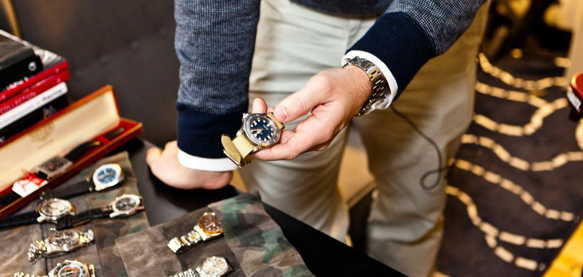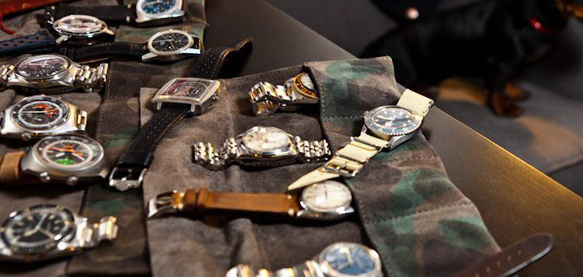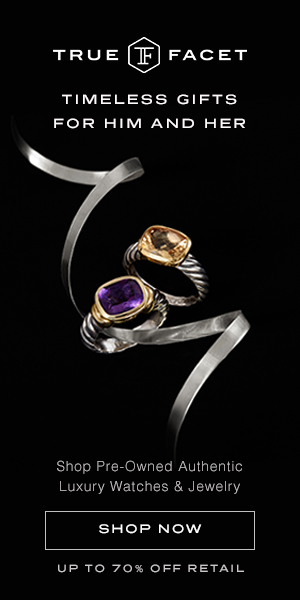Trade-In vs. Consignment: Which is Smarter and Better for You?
Seasoned watch and jewelry collectors are familiar with the practice of trading-in (or trading-up) their pieces for a new addition to their collection. However, some are still unfamiliar with how the trade-in process works—and whether or not it’s the “right” option for them. We explain the differences between trading-in and consigning so you can earn the most bang for your buck—or, in this case, bangle, ring or watch—with TrueFacet.
What Exactly Is a “Trade-In?”
A trade-in gives you a shopping credit for your fine jewelry or watches to apply towards your next TrueFacet purchase. Alternatively, consigning means you are putting your item up for sale on TrueFacet and you’ll earn a percentage of the final sale price. So, with a trade-in, you’ll earn a higher commission rate in TrueFacet store credit. But, in consigning, you’ll earn your commission in cash as soon as your item sells.
Your third option is to sell your item outright to another collector, a jeweler or watchmaker. However, this may not be open to you if you do not know another collector interested in your particular item. And, even if you do have an interested buyer, jewelers typically only offer the “scrap cost” for your item (how much the metal, if melted down, or precious stones alone are worth).

Image via Next Luxury
How Trading In Watches and Jewelry Works
While trading in watches is fairly commonplace, TrueFacet is one of the few places that will accept both watches and jewelry. To trade in your watch or fine jewelry, simply complete an online form with a few details about your item. Our team will then email you a prepaid insured shipping label so you can safely and securely send out your item. Once your watch or fine jewelry arrives at our office, our team of appraisers will set about valuating and assessing the piece.
Our in-house authenticators will then offer you the fair market value for your item, which you can accept or decline. If you accept, you’ll immediately receive shopping credit to apply to your next purchase. If you decline, no problem: we’ll securely ship your item back to you.
Why You Should Trade In
The most common scenarios in which you’ll want to trade-in your jewelry and watches are:
– You have a handful of items to unload. To help your old styles earn you more, you can bundle their value in store credit together and apply it towards a higher ticket item.
– You already have your sights set on the next purchase. If you’re eager to buy that Rolex you’ve been eyeing for weeks, opt for a trade-in which will earn you credit faster than waiting for a buyer.
– You know you’re going to want to make another TrueFacet purchase. Even if you are on the fence about what the next addition to your collection will be but know that you want something, pick a trade-in over consignment. You don’t need to purchase something right away—your trade-in credit won’t expire—but you’ll earn more in store credit than if you sold an old piece and put those dollars towards your next purchase.

Why You Should Consign
Ultimately collectors choose consignment over trade-in because they prefer to have cash in-hand over store credit. The catch is that you do have to wait for a buyer in order to earn your consignment commission—it’s not a deal breaker for everyone, but worth pointing out so you’re not prematurely counting your extra dollars.
Whether you choose to trade-in or consign ultimately boils down to your personal preference and, if you have more specific questions about trading in your item, our team of concierge associates are available to discuss it with you here.
Now that you know the ropes of consigning and trading in your old styles, be sure to read our post on when to sell and how to tell if the market is hot for your jewelry or watch here.







